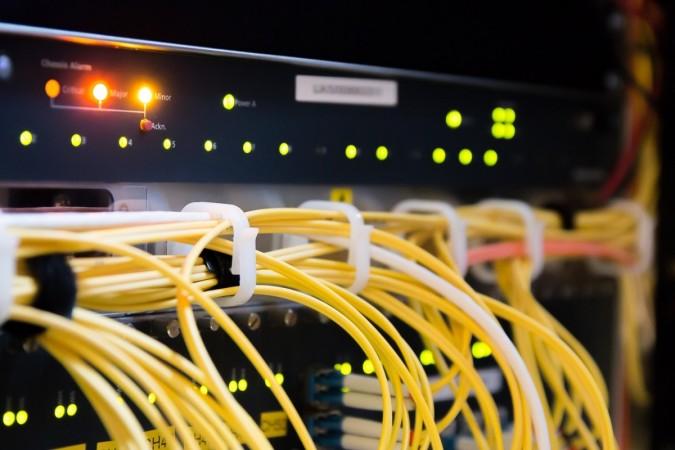Slow Internet speeds and the "rush hour" speed drops may soon become a thing of the past as a team of researchers from the University College London has designed new hardware that can dramatically increase home broadband speed to over 10,000 megabits-per-second (Mbps) or 10 gigabits-per-second (Gbps).
Researchers have claimed that the new receiver technology can provide consistently high-speed broadband connectivity even on a low-cost, but "truly super-fast," broadband connection in the UK. While 36 Mbps is the currently the average broadband speed in the UK, an average speed of over 100 times faster than this will be required by 2025 to meet increased demands due to high-bandwidth applications like ultra-high definition video, online gaming and the Internet of Things, according to researchers.
"The future growth in the number of mobile devices, coupled with the promise of 5G to enable new services via smart devices, means we are likely to experience bandwidth restrictions; our new optical receiver technology will help combat this problem," Sezer Erkilinc, the lead researcher, said in a statement.

As part of the study, published in the journal Nature Communications last week, the researchers developed a new, simplified receiver to be used in optical access networks. These networks are the links that connect Internet subscribers to their service providers.
Although the new receiver retains many of the advantages of coherent receivers, it is much simpler, cheaper and smaller, and requires only 25 percent of the detectors used in conventional receivers. Researchers achieved this simplification by adopting a coding technique to fibre access networks that was originally designed to prevent signal fading in wireless communications.
"This simple receiver offers users a dedicated wavelength, so user speeds stay constant no matter how many users are online at once. It can co-exist with the current network infrastructure, potentially quadrupling the number of users that can be supported and doubling the network's transmission distance/coverage," Erkilinc said.
Researchers tested the receiver on a dark fibre network installed between Telehouse (east London), UCL (central London) and Powergate (west London). The receiver helped researchers send data over 37.6 kilometres and 108 kilometres to eight users, who were able to download or upload at a speed of at least 10 Gbps.

















